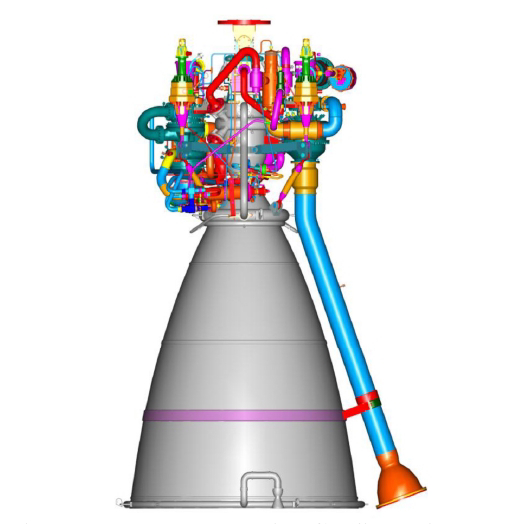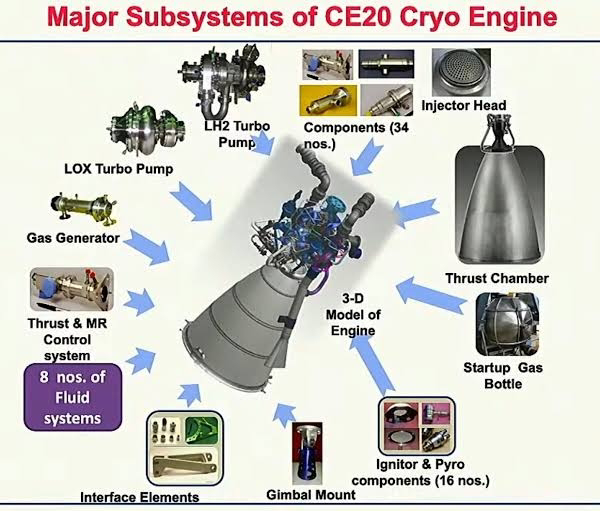Search This Blog
Autonomous rail rapid Transit (ART)
Boiler Nozzle
Cryogenic Engine
A cryogenic engine is a type of rocket engine that uses liquefied gasses as fuel and oxidizers. The term cryogenic refers to the fact that these liquefied gasses must be kept at cryogenic temperatures, that is, very low temperatures (below -150 degree Centigrade)
The first instances of cryogenic rockets were seen as part of the US Space Program NASA: the Atlas-Centaur mission, leading the Saturn V rocket to the Moon, used a cryogenic engine.
While different models present diverse functioning modes, a cryogenic engine will typically employ Liquid Oxygen (LOX) and Liquid Hydrogen (LH2) as propellants, instead of conventional rocket fuel options.
Among the advantages of this model is the fact that a cryogenic rocket engine offers more force per kilogram of propellant, increasing the engine’s efficiency.
Fin Stablizer
Hydrometer
Communication protocols in PLC
Developed by Rockwell Automation

















































